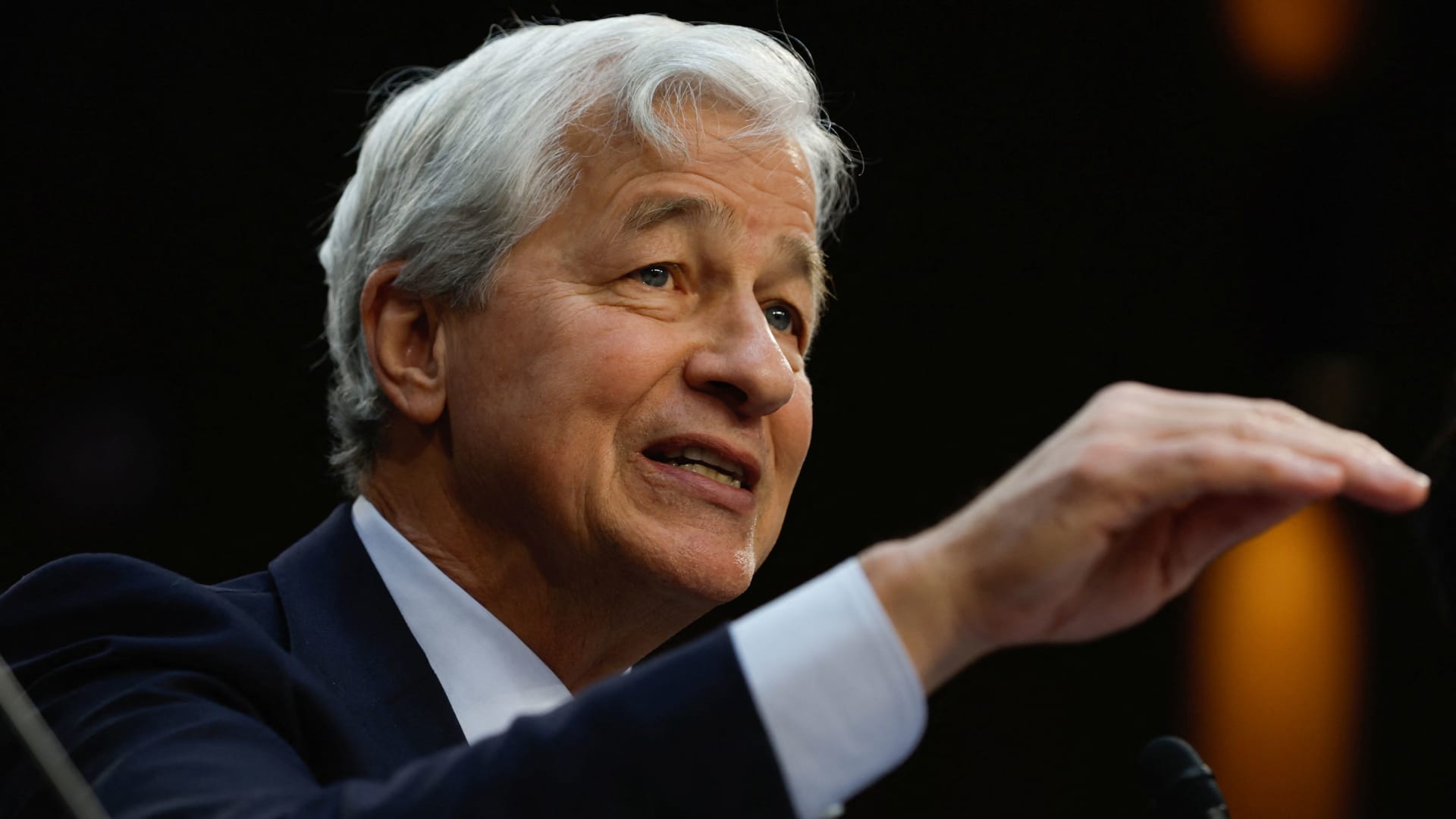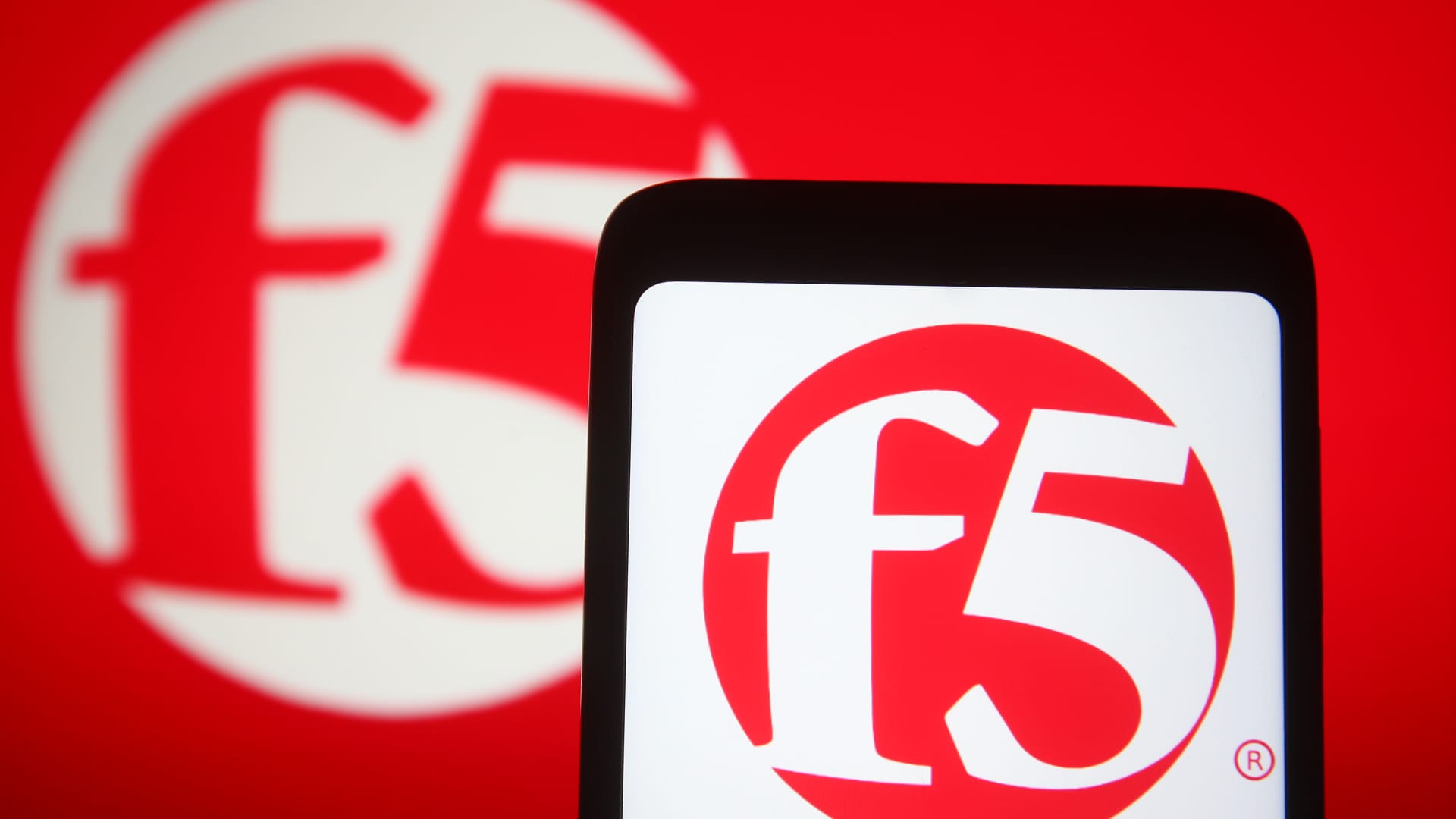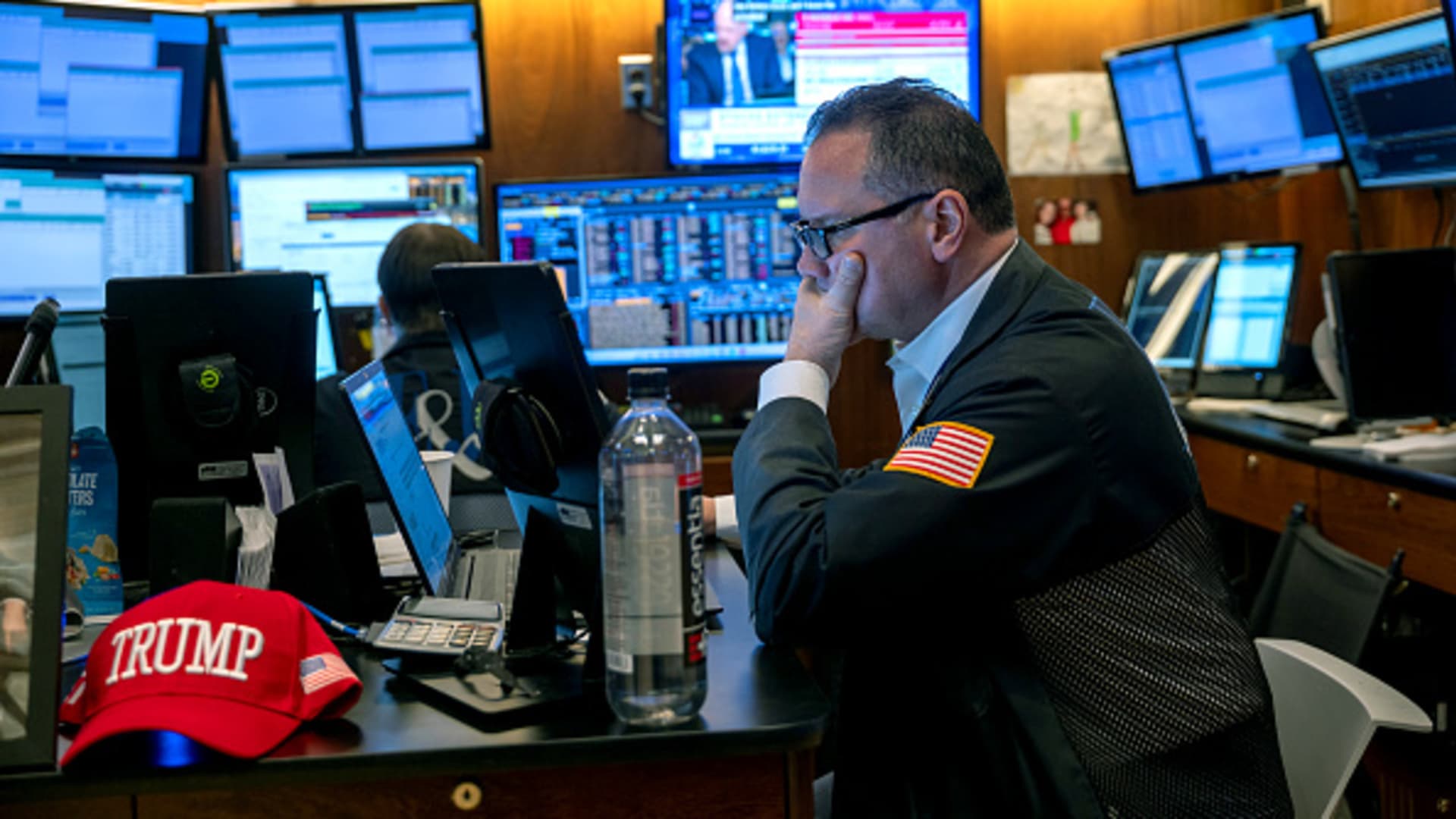Finance
JPMorgan Chase is caught in U.S-Russia sanctions war after overseas court orders $440 million seized from bank
-

 Blog Post1 week ago
Blog Post1 week agoDocumenting Bookkeeping Processes and Procedures
-
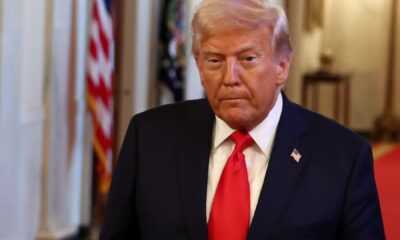
 Economics1 week ago
Economics1 week agoTrump’s approval rating on economy at lowest of presidential career
-
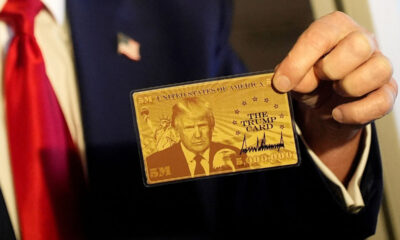
 Economics1 week ago
Economics1 week agoDonald Trump wants a certain kind of immigrant: the uber-rich
-
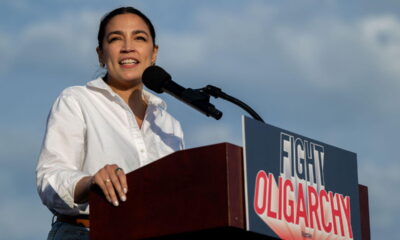
 Economics1 week ago
Economics1 week agoChecks and Balance newsletter: The Democrats’ future is up for grabs
-
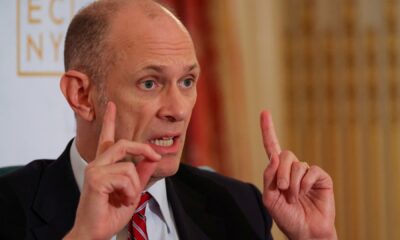
 Economics1 week ago
Economics1 week agoTrump tariffs could cause summer economic slump: Chicago Fed president
-
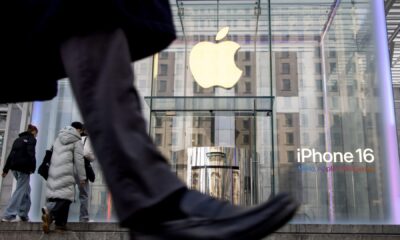
 Personal Finance7 days ago
Personal Finance7 days agoConsumers are making different financial choices in response to tariffs
-

 Personal Finance1 week ago
Personal Finance1 week agoExperts see higher stagflation risks. Here’s what it means for your money
-
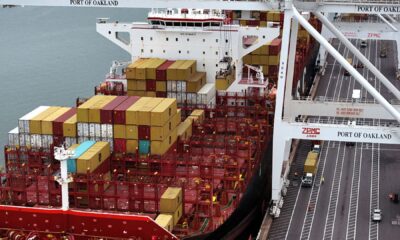
 Economics6 days ago
Economics6 days agoBusiness already are trying to pass tariff cost onto customers, Fed report says

